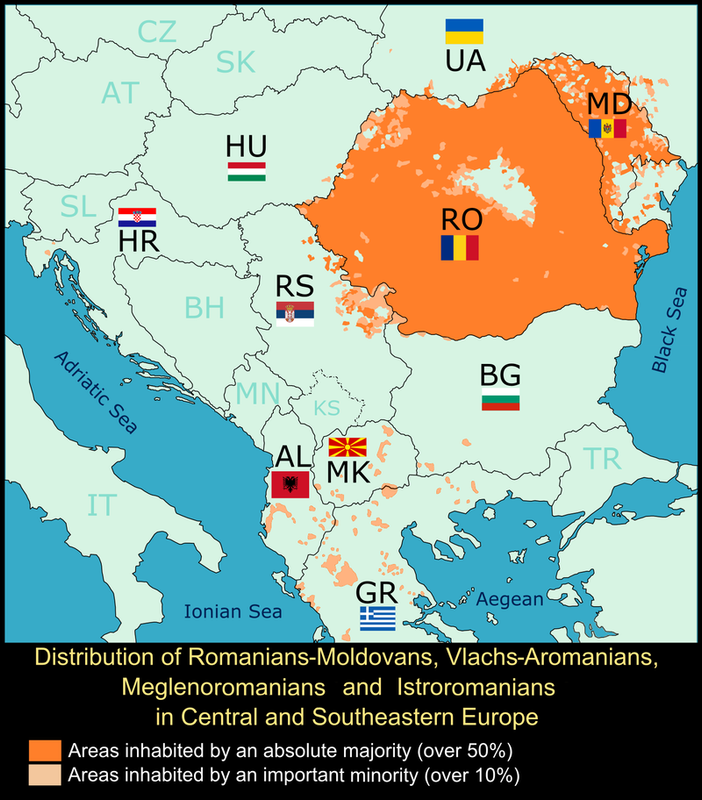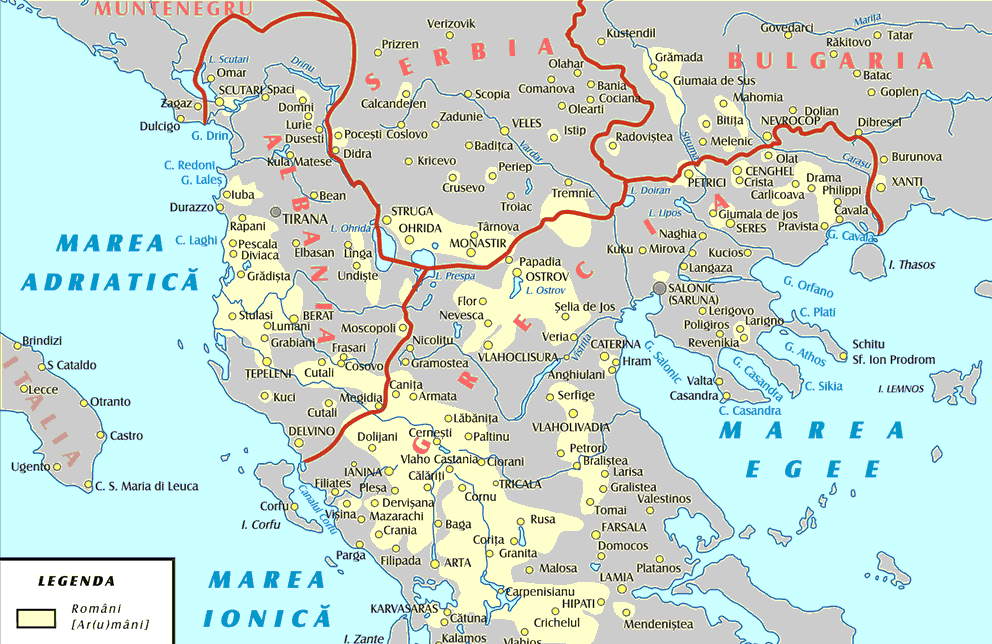I am not Slavic, I don't drink or get drunk. Thanks for the concern.
I was not attacking you personally, just pointing out some of those explanations are fishy and forced. I hope you can dig up any census info on the region, preferably from Bulgarian empire times if any exists.
I have seen this type of explanation all my life, it is done by Albanians for all sorts of toponyms, even Slavic ones, forcing meaning with random word combinations such as grave-tree. On the face value alone such explanations are not satisfactory, nor is the fact that is being explained by an alien language(Turkish).
Slavic toponyms are very uniform, they match from Slavic country to Slavic country and the explanations are self evident. There is a anomaly in the Serbian-Bulgarian border region. It might not mean anything for us Albanians, but no one really looked into the matter from the perspective of a possible early Albanian homeland. Albanians for example used to claim Gjakova was a Albanian toponym from an Albanian named Jakov. However this toponym occurs in other Slavic lands. The moral of the story, Slavic toponyms are very recurring and you should be able to find parallel examples in other countries and within your own as well. When you have to do mental gymnastics to come up with a explanation, that's a sign you're going the wrong way.
http://www.fallingrain.com/world/UP/14/Dyakove.html
It is obvious from the word construct that Mazarachevo comes from Mazarach, because evo is just a Slavic suffix that's commonly used. You can go by the Romanian explanation, but the Albanian one is much more closer because of the K sound at the end. In Romania there's 3 settlements, none have the k sound, Mazararul, Mazaroi, Mazararu. I looked at various Turkish countries(Turkmenistan, Uzbekistan, Turkey, Kyrgyzstan, and Kazakhstan), all have nothing expect Kazakhstan that had one toponym called Mazarka. I'm chuckling because it was obvious as soon as I read grave tree, this was Albanian level clownery.
Here is the Albanian explanation:
https://en.wikipedia.org/wiki/Mazreku
And this quote during Ottoman expansion into Epirus:
"
In 1380, Thomas made an offensive with the help of Turks reaching up to the upper Kalamas River, where however, the Albanians, in particular the tribe of Mazaraki held their defensive position and defeated again Thomas."
Mazaraku the name itself is speculated to come from Albanian Maz for horse/pony and the clans or tribes with such name engaged in horse breeding and riding.



